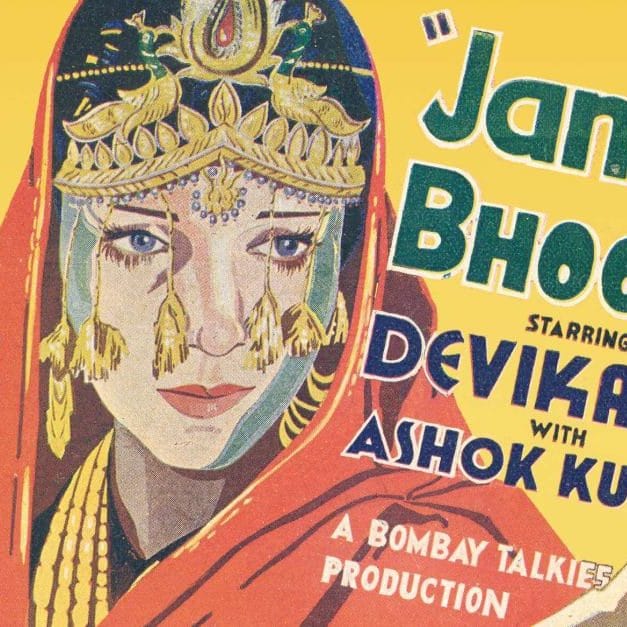Bombay Talkies exhibition pays tribute to pioneer film studio
🔗 [SYSTEM UPDATE] Link found. Timestamp incremented on 2025-11-26 13:55:13.The rich history of a trailblazing Indian film studio is the feature of the Bombay Talkies exhibition now on at ACMI in Melbourne. RISHABH CHAKRAVORTY reviews the show.


REVIEW
By RISHABH CHAKRAVORTY
The rich history of a trailblazing Indian film studio is the feature of the Bombay Talkies exhibition now on at ACMI in Melbourne.
Multimedia screens play clips from nearly a century ago, alongside posters, letters and images dating back to the 1920s.
The exhibition also pays homage to the first power couple of Indian movies, filmmaker Himansu Rai and his wife, the Indian movie star Devika Rani.
Rai and Rani met in Germany, when Rai was still married to German actress Mary Hainlin and was still enchanted with German cinema. When they joined forces and moved to India, they quickly became a driving force in local cinema.

While their films were often showcased abroad, they focused on their local audience by founding the Bombay Talkies studio in a suburb of Bombay (now Mumbai) in 1934.
The exhibition has been meticulously created by ACMI curator Fiona Trigg with the help of Melbourne businessman Peter Dietze, who is Rai's grandson.
Mr Dietze lent almost 3000 artifacts from the Indian studio, now maintained by the Dietze Family Trust, to the exhibition.
The exhibition displays letters, vintage photographs of the studio, movie posters, portrait photographs and newspaper articles from publications based in Europe and India.
Short videos from three silent movies of the time, The Light of Asia (1925), Shiraz (1928) and Throw of the Dice (1929) can be seen in the back room.
Visitors can also view movie footage on the multimedia screens with headphones to enjoy clips from Indian films released in the 1930s.
The big screen in the back room shows clips from the film Karma (1933) which was the first Indian film to be shot in English as well as Hindi.
The exhibition also portrays clippings and information boards that show the rise and fall of the studio from 1934 to 1954.

A display of the Rai family tree reveals the origins of this exhibition: Rai and Hainlin's daughter Nilima left Germany for Australia, where she married Ernest Dietze and had three sons, Peter, Walter and Paul.
Mr Dietze discovered the truth of his heritage when he found a photograph of Rai in the attic and asked his mother who he was.
His quest to know more about his connection to the legendary film maker led him from Melbourne to India, Berlin, Munich, London and New York, collecting a wide range of items related to his grandfather.

Mr Dietze and his brothers decided to form the Dietze Family Trust and share the archive in this exhibition.
The result is a show that has done a powerful job of capturing the atmosphere of the black and white films of the time.
By the exit is a huge poster of the film Janmabhoomi (1936), which marks one of the most successful films from the early years of the Bombay Talkies studio.
The exhibition celebrates the birth of the Indian film industry, now known as Bollywood, with the indigenous creation of films using equipment owned and operated in India as opposed to production in Europe till the early 1930s.
The exhibition at ACMI, open until July 2, is free.





